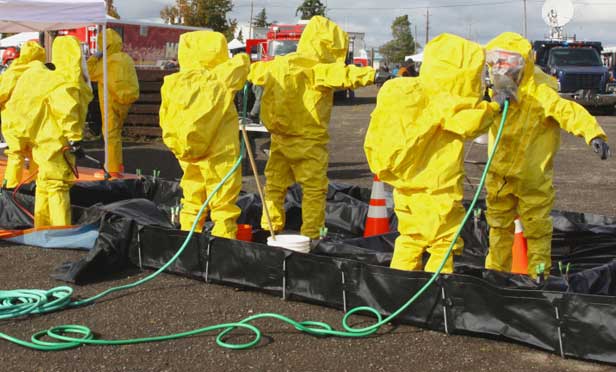What happens to a Superfund contribution claim when the contribution plaintiff—the party that spent money to clean up or to reimburse the government—collects on its insurance? Superfund practitioners have often ignored this question, but the traction it receives and the confusion it causes when someone raises it suggest that careful lawyers ought to attend to it.
Section 113 of the Comprehensive Environmental Response, Compensation and Liability Act, or CERCLA, 42 U.S.C. § 9613, provides the principal mechanisms through which responsible parties may reallocate among themselves the costs of responding to releases of hazardous substances. Section 113(f)(1) allows a contribution claim to be brought “during or after” any enforcement claim brought against the contribution plaintiff. Alternatively, Section 113(f)(3)(B) allows any person who has resolved any part of his or her responsibility to the United States or a state in a settlement approved by a court or an administrative agency to bring a contribution claim.
This content has been archived. It is available through our partners, LexisNexis® and Bloomberg Law.
To view this content, please continue to their sites.
Not a Lexis Subscriber?
Subscribe Now
Not a Bloomberg Law Subscriber?
Subscribe Now
LexisNexis® and Bloomberg Law are third party online distributors of the broad collection of current and archived versions of ALM's legal news publications. LexisNexis® and Bloomberg Law customers are able to access and use ALM's content, including content from the National Law Journal, The American Lawyer, Legaltech News, The New York Law Journal, and Corporate Counsel, as well as other sources of legal information.
For questions call 1-877-256-2472 or contact us at [email protected]



